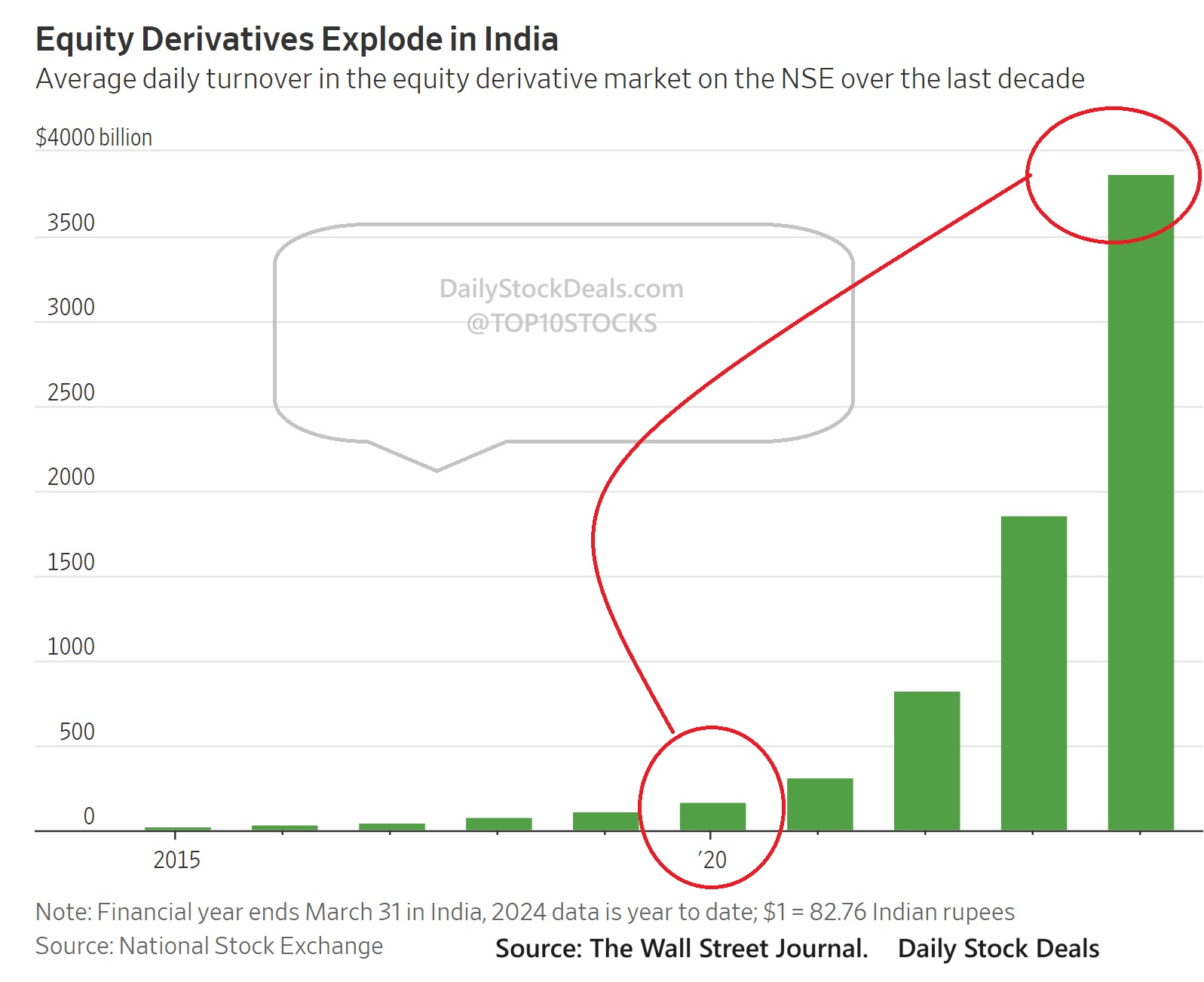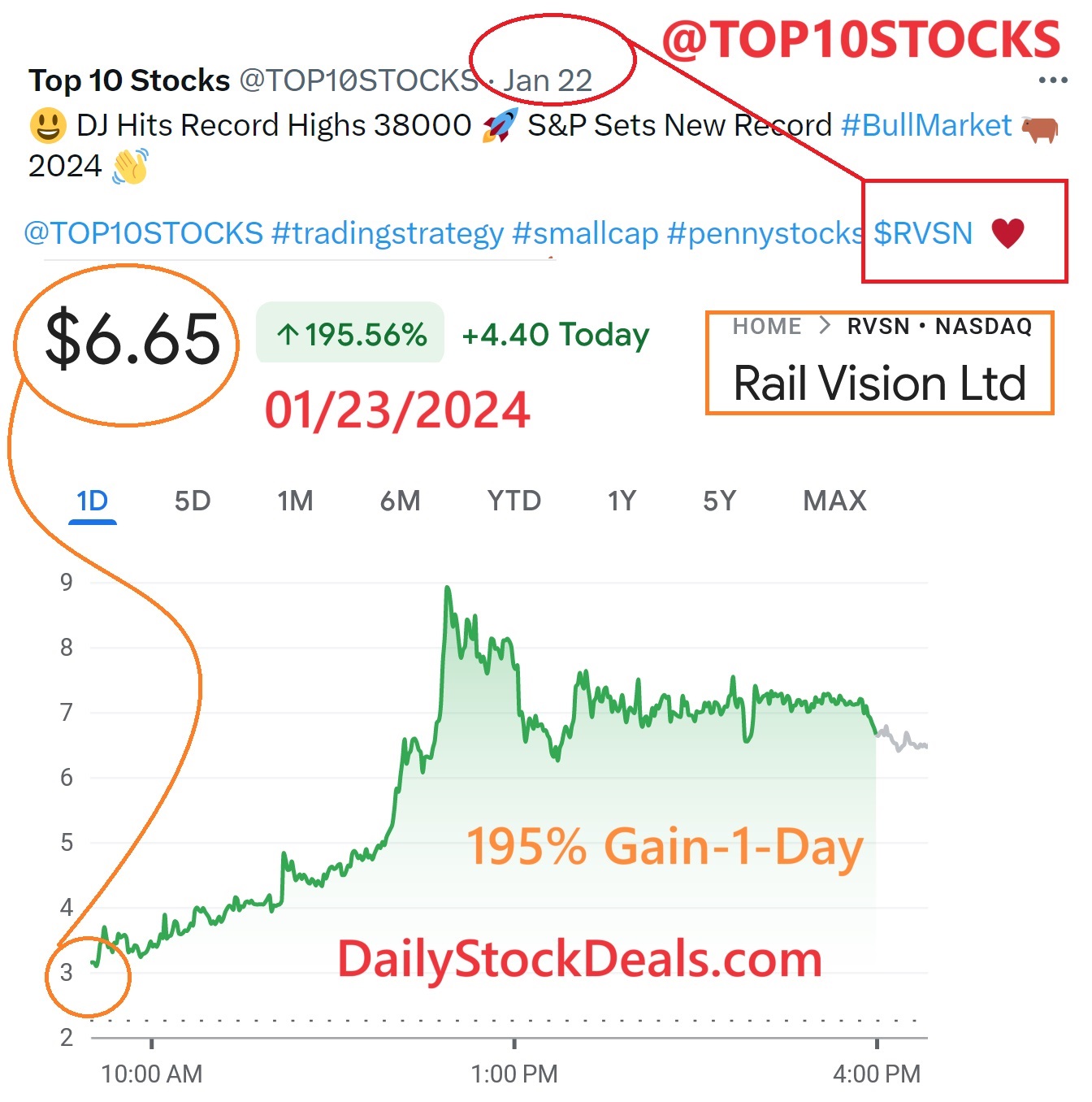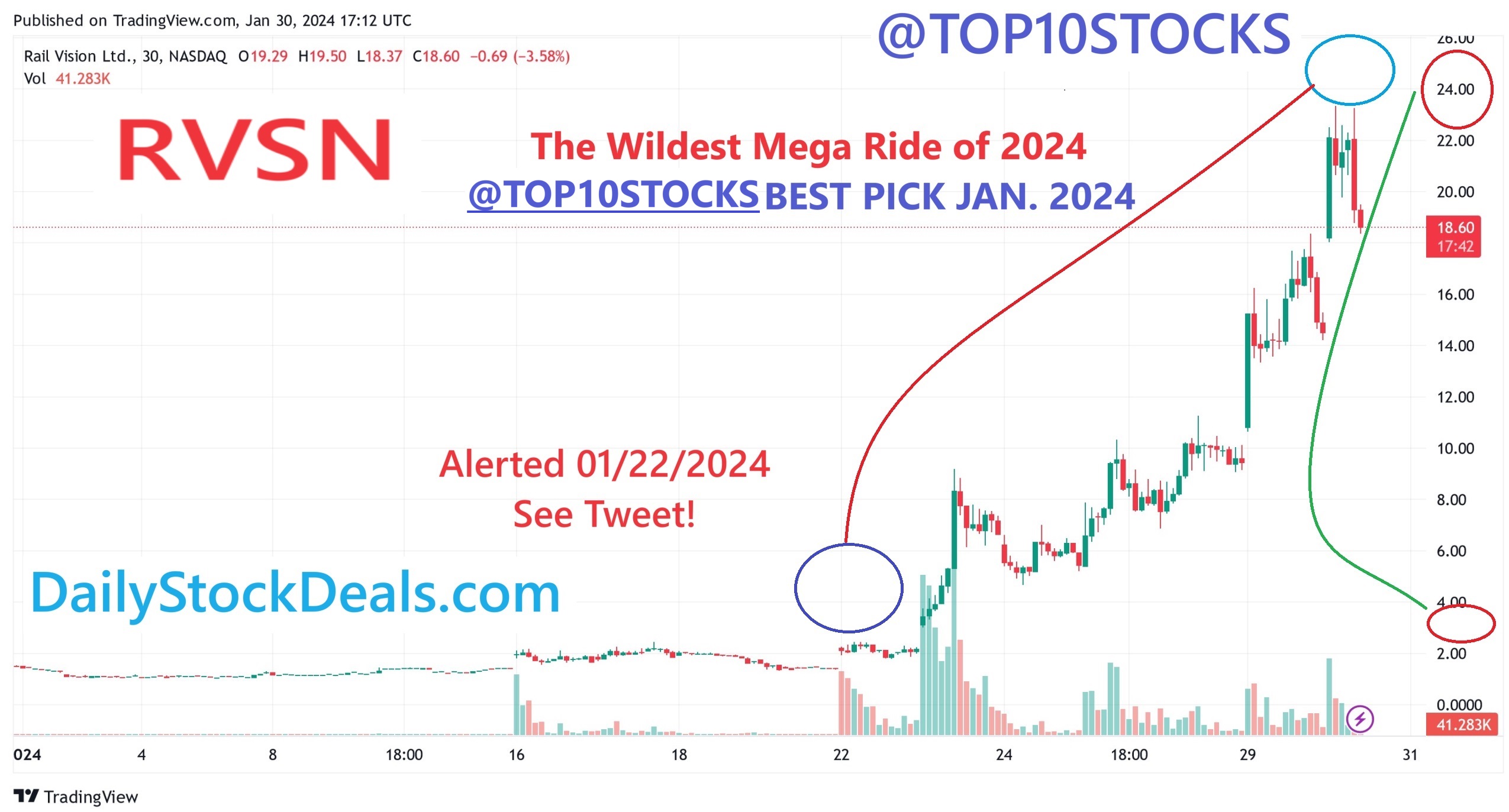This N.Y.U. Student Owns a $6 Million Crypto Mine. His Secret Revealed.
A legal dispute in a tiny Texas town unexpectedly reveals how Chinese nationals can move money to the U.S. without drawing the attention of authorities in either country.
The Bitcoin mine in Channing, Texas, consists of several dozen buildings designed to hold 6,000 specialized computers. See the crypto mine picture below.


By Michael Forsythe and Gabriel J.X. Dance
Jerry Yu has the trappings of what the Chinese call second-generation rich. He boasts a Connecticut prep-school education. He lives in a Manhattan condominium bought for $8 million from Jeffrey R. Immelt, the former General Electric chief executive. And he is the majority owner of a Bitcoin mine in Texas, acquired last year for more than $6 million.
Mr. Yu, a 23-year-old student at New York University, has also become — quite unintentionally — a case study in how Chinese nationals can move money from China to the United States without drawing the attention of authorities in either country.
The Texas facility, a large computing center, was not purchased with dollars. Instead, it was bought with cryptocurrency, which offers anonymity, with the transaction routed through an offshore exchange, preventing anyone from knowing the origin of the financing.
Such secrecy allows Chinese investors to avoid the U.S. banking system, and the accompanying oversight of federal regulators, as well as sidestep Chinese restrictions on money leaving China. In a more traditional transaction, a bank receiving the funds would know where they were coming from and would be required by law to report any suspicious activity to the U.S. Treasury.
None of this would be known had Mr. Yu’s company — BitRush Inc., also known as BytesRush — not run into troubles in the tiny Texas Panhandle town of Channing, population 281, where contractors say they weren’t fully paid for their work on his mine there.
A flurry of lawsuits over the work has shaken loose documents that bring to light transactions not normally made public as Chinese investors have flooded into the United States, spending hundreds of millions of dollars to build or run crypto mines, after the Chinese government banned such operations in 2021.
Image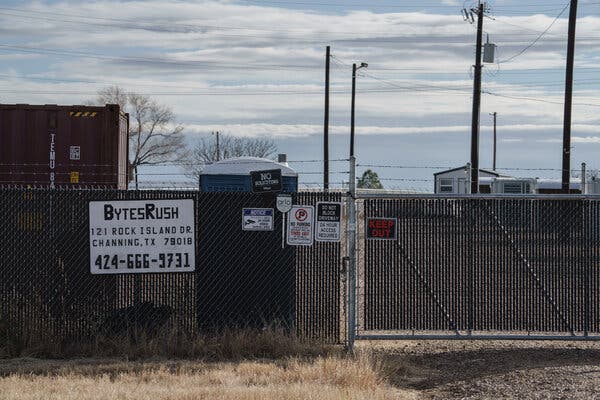
The $6 million mine was bought with cryptocurrency, conferring anonymity.Credit...Paul Ratje for The New York Times.
The mines are a way for Chinese investors to generate cryptocurrency, primarily Bitcoin, which they can cash in for U.S. dollars on exchanges. The Channing mine, built on an open field, consists of several dozen buildings designed to hold 6,000 specialized computers that can operate day and night trying to guess the right sequence of numbers that earn new Bitcoins, currently worth more than $40,000 each. Such sites can place a burden on the nation’s electrical grid, The New York Times has reported, and their Chinese ownership has drawn national security scrutiny.
In one of the lawsuits involving Mr. Yu — who is a Chinese national and U.S. resident — Texas-based Crypton Mining Solutions alleges that investors in the Channing mine “are not only Chinese citizens, but citizens in highly political and influential business positions.”
The suit offers no conclusive evidence of those ties, and the public money trail ends at Binance, a cryptocurrency exchange. By using a cryptocurrency called Tether and routing it through Binance’s offshore exchange, Mr. Yu’s investors made it impossible to know the source of the funds. At the time of the transaction, Binance’s offshore operations were not adhering to American banking rules, according to the U.S. government.
Image

Jerry Yu, the majority owner of the Texas site.
Last month, Binance pleaded guilty to violating anti-money-laundering regulations, agreeing to pay more than $4.3 billion in fines and forfeitures. At the heart of the federal case was Binance’s failure to comply with laws including the Bank Secrecy Act, obligating lenders to verify customers’ identities and flag suspicious money transfers.
Mr. Yu referred questions to Gavin Clarkson, a lawyer for BitRush, who said in an email that the company “complies with all required federal, state and local laws and regulations, including banking laws and regulations.” He said the claims made by Crypton, including that it was not paid for services at the mine, were “baseless and without merit.”
“BitRush is owed money, not the other way around,” he said. In a lawsuit against Crypton, BitRush alleges “gross negligence” and seeks $750,000 in damages.
Image
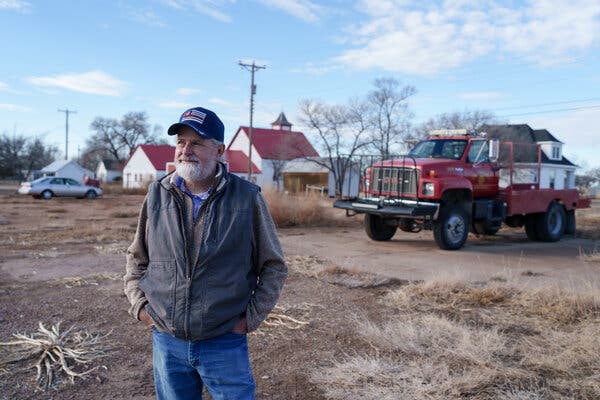
Brent Loudder, who oversaw electrical and plumbing work at the site, said contractors had issues getting paid.Credit...Paul Ratje for The New York Times
Channing is a town in the Panhandle with a population of 281 residents.Credit...Paul Ratje for The New York Times
In Channing, the arrival of BitRush last year garnered a lot of attention, and some residents landed jobs constructing the mine, which was built next to an electrical substation.
One of them, Brent Loudder, is a judge, the town’s volunteer fire chief and the husband of the county’s deputy sheriff. Mr. Loudder, who oversaw the electrical and plumbing work for Crypton, said the contractors did not get paid until they protested by holding work stoppages. An electrical contractor, Panhandle Line Service, is also locked in a suit and countersuit with BitRush over pay.
Got a confidential news tip?
The New York Times would like to hear from readers who want to share messages and materials with our journalists. nytimes.com/tips
Documents shared with The Times by David Huang, a lawyer for Crypton, reveal how BitRush planned to buy the Texas site: The seller, Outlaw Mining, would receive $6.33 million in Tether. Using Tether, whose price is fixed at $1, offered the anonymity of other cryptocurrencies without the price volatility of some of them. The purchase agreement listed a wallet address — a 42-character alphanumeric sequence — where the funds would go.
The records specified that $5,077,000 was due at closing, and publicly available transaction records show that the wallet, registered to a crypto brokerage company called FalconX, accepted $5,077,146 in Tether around that time last year. The documents said $500,000 in Tether had already been paid as a deposit, with the remaining $750,000 to come — also to be paid in Tether — after BitRush took possession of equipment, supplies and materials at the site.
The source of the funds, however, was not publicly recorded and is known only to Binance, the exchange that handled the transaction. The agreement never specified exactly who would make the payment, and Mr. Clarkson said BitRush itself never sent or received any money through Binance.
FalconX “had no visibility into the origin of the funds,” Purvi Maniar, deputy general counsel for the company, said in a statement. “This illustrates why it is increasingly vital for centralized intermediaries in crypto to be regulated.”
It is an issue recognized by groups that analyze the blockchain, a digital ledger that records cryptocurrency transfers. “Once funds are sent to a centralized service on the blockchain, they can no longer be traced to the individual who sent it to that exchange without a legal process” such as a court order, said Madeleine Kennedy, a spokeswoman for Chainalysis, a company that tracks crypto transactions.
Jessica Jung, a spokeswoman for Binance, said that crypto wallets from three Binance accounts sent the Tether payments and that all of them belonged to foreign nationals who were not U.S. residents. “Binance.com does not have or serve any U.S. customers,” she wrote in an email, adding that the site deploys “rigorous” procedures to verify customers’ identities.
Image
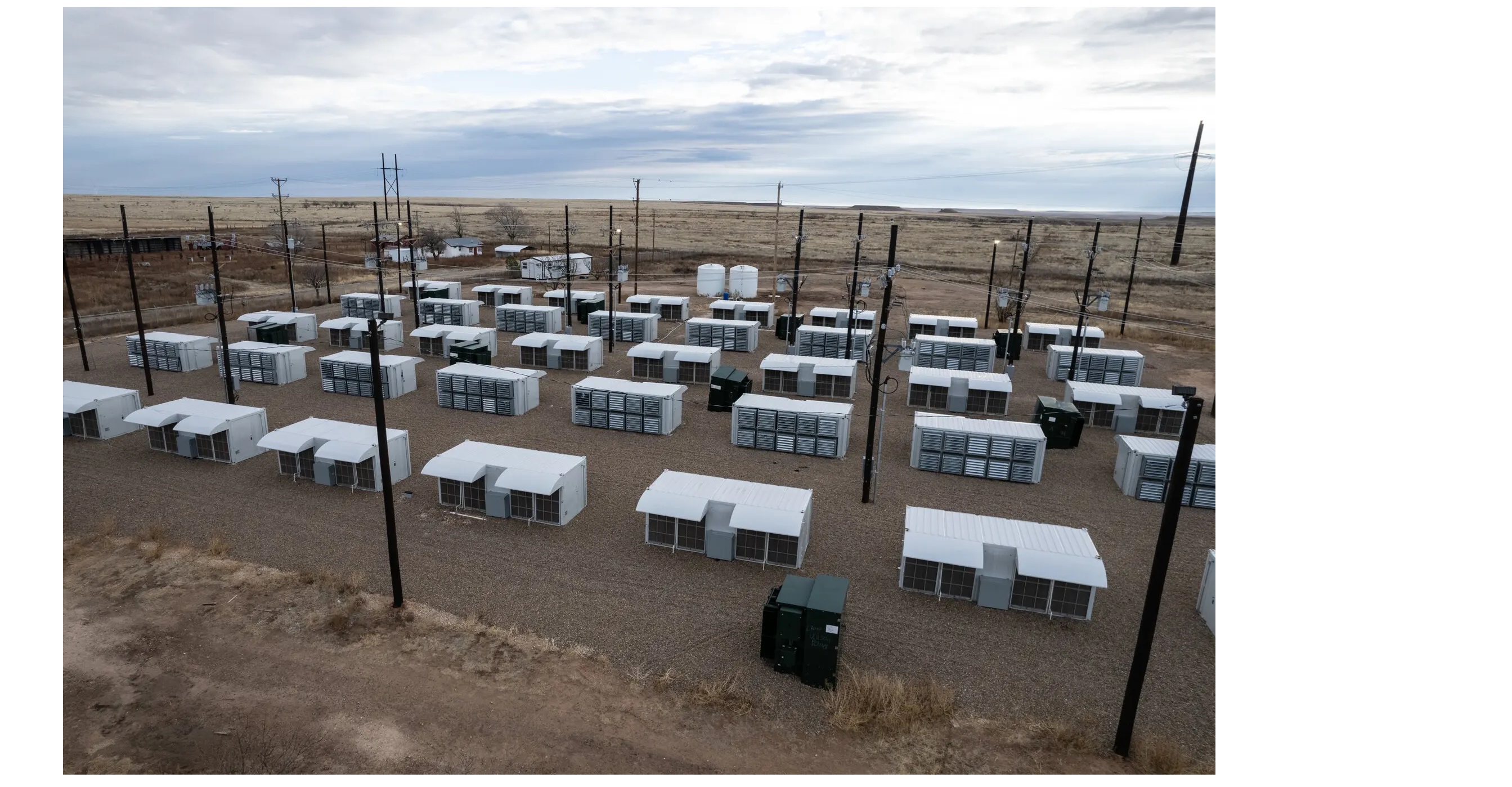
In Channing, the arrival of the mine last year garnered a lot of attention, and residents landed jobs building it next to an electrical substation.Credit...Paul Ratje for The New York Times
Paying with Tether is widespread in the Bitcoin-mining industry. One miner in Arkansas said he used Tether to buy millions of dollars of specialized computers made by a Chinese company. Another miner in Wyoming said he did the same. One of the benefits of those transactions can be avoiding sales and capital gains taxes.
One document shared by Mr. Huang identified some of the shareholders in BitRush at the time of the Channing purchase. After Mr. Yu, the biggest was an investor from IMO Ventures, a China-focused venture capital firm in San Mateo, Calif. Another shareholder was identified in the document as “Lao Yu,” which can translate as “Old Yu.”
The two people who signed the mortgage documents for Mr. Yu’s Manhattan apartment, Yu Hao and Sun Xiaoying, match the names of a married couple in China who own stakes in companies worth more than $100 million, according to records on WireScreen, a company that provides Chinese business intelligence. A person named Sun Xiaoying is also listed as a BitRush director.
Mr. Clarkson, Mr. Yu’s lawyer, would not confirm the identities of the BitRush shareholders or Mr. Yu’s possible relation to any of them.
The founder of Outlaw Mining, Josey Parks, said in a phone call that he could not comment on his financial arrangement with BitRush because he was bound by a nondisclosure agreement. “Jerry is a college student in the U.S.A. with a very wealthy family from what I was told,” Mr. Parks said later in a text message. “I don’t know of any of his investors or relation to foreign entities.” Alain Delaquérière contributed research.
Michael Forsythe is a reporter on the investigations team. He was previously a correspondent in Hong Kong, covering the intersection of money and politics in China. He has also worked at Bloomberg News and is a United States Navy veteran. More about Michael Forsythe
Gabriel J.X. Dance is the deputy investigations editor. His reporting focuses on the nexus of privacy and safety online and has prompted Congressional inquiries and criminal investigations. More about Gabriel J.X. Dance
Huge Thanks to The New York Times
The Editor
Daily Stock Deals
From The Editor of Daily Stock Deals:
Keep an eye on this space for major announcements!
Reminder: Free Membership enables immediate access to @TOP10STOCKS a great way to start your trading day.
You may also like these stories:
